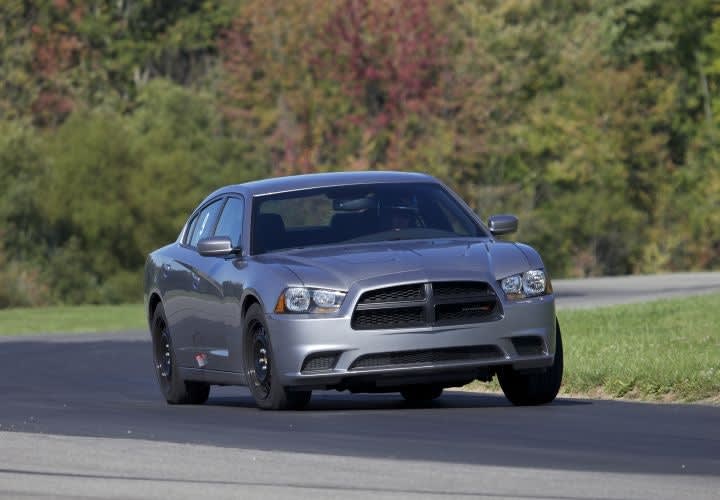Officers pursuing suspects in earlier decades often had to fight to keep their hurtling police cars on the road as they accelerated from a standing start. The big-block torque of many early patrol cars could be a wild beast that needed harnessing when an officer had to floor it to catch a scofflaw or felon.
Thankfully such fishtailing thrill rides have become a relic of the past, as automotive technology has advanced and law enforcement agencies have demanded both power and control from their pursuit vehicles. The latest police vehicles now available from the Detroit automakers offer precision-tuned engineering that is generationally advanced not just from that found in the cars of the '70s, '80s, and '90s but even from the Ford Crown Vic, which was retired in 2011. Officers conducting emergency maneuvers can now do so with much more confidence in the performance of the engine, drivetrain, and suspension, as well as stability and traction control that keeps the patrol vehicle on course.













